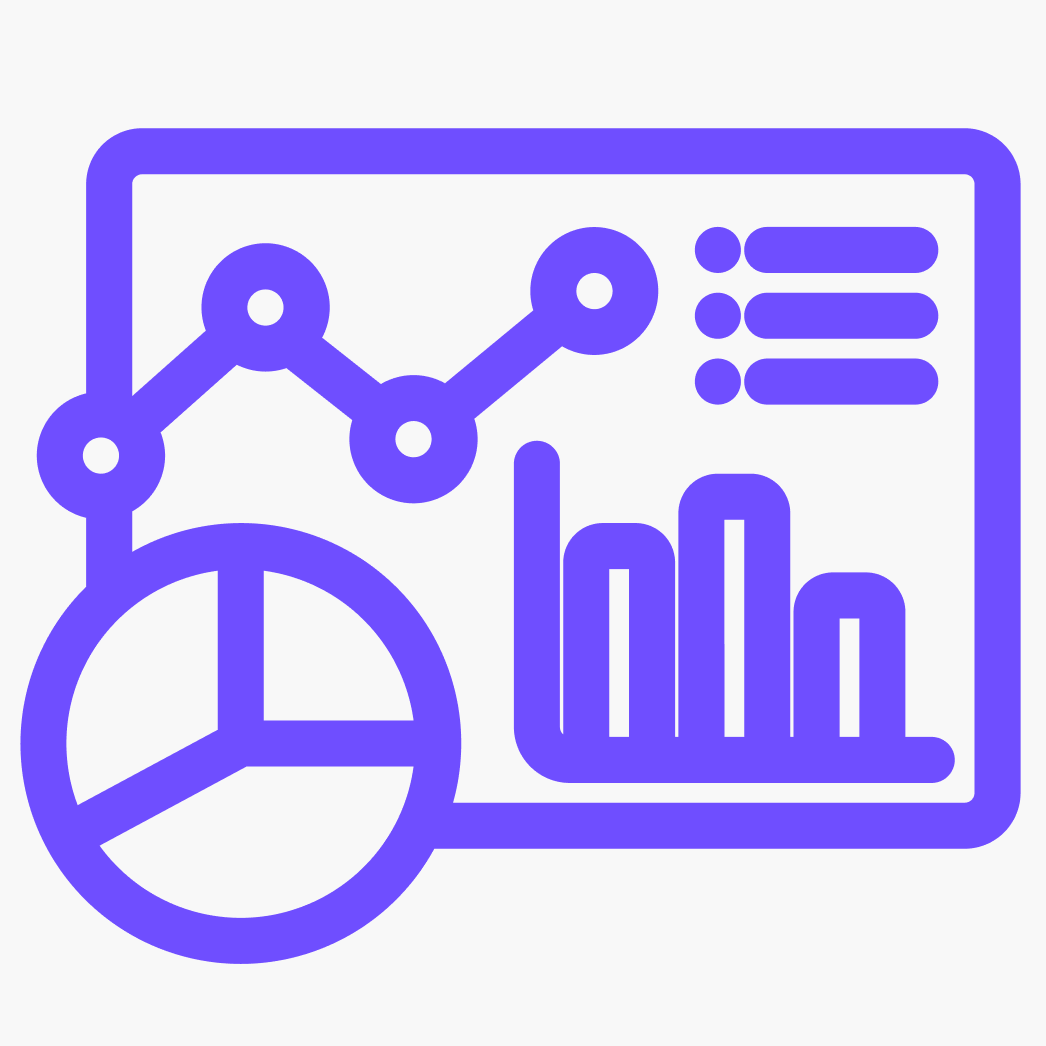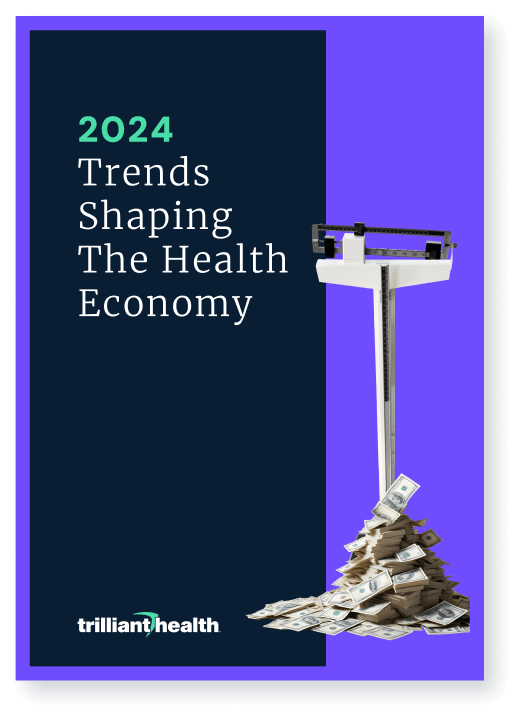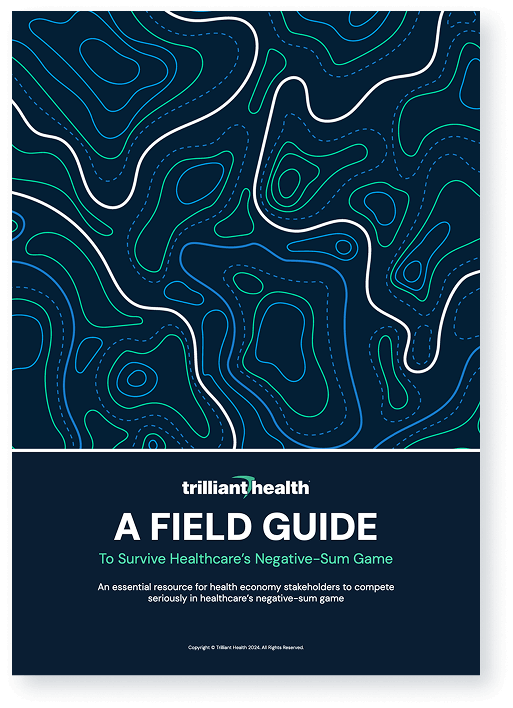See more with Compass+
You are currently viewing the free version of this study. To access the full study and more leading research on the health economy, subscribe to Compass+.
Sign Up for Compass+
Develop Service Line Strategies

Analyze the Competitive Landscape

Anticipate Future Patient Needs

Identify Sites To Capture Demand

Drive Loyalty Across the Patient Journey

Leverage Price Transparency Insights

Retain Patients in Your Network

Match Provider Supply to Demand

Acquire Commercial Patients

Capture Outpatient Demand

Target High-Value HCPs

Strengthen Provider Networks
We collect and organize the industry’s most comprehensive healthcare datasets.
See demand, supply and yield across the U.S. health economy

Validated Data for 2.9M Practitioners

Episodes of Care for 300M Patients

Negotiated Rates for Any Service at Any Location
Flexible solutions to fit your specific needs and workflow
Free resources to help health economy stakeholders use our products and data

Answer Key Questions in Seconds

Health Economy Survival Strategies

Custom Enterprise-Level Analyses

Product Guides and Feature Releases

Exclusive Health Economy Insights

How We Tackle Technical Problems

Data-Driven Benchmarking Tool

Strategic guidance and commentary from our CEO, Hal Andrews

Annual fact-based analysis of trends shaping the health economy

An essential resource to survive healthcare’s negative-sum game

Develop Service Line Strategies

Analyze the Competitive Landscape

Anticipate Future Patient Needs

Identify Sites To Capture Demand

Drive Loyalty Across the Patient Journey

Leverage Price Transparency Insights

Retain Patients in Your Network

Match Provider Supply to Demand

Acquire Commercial Patients

Capture Outpatient Demand

Target High-Value HCPs

Strengthen Provider Networks
We collect and organize the industry’s most comprehensive healthcare datasets.
See demand, supply and yield across the U.S. health economy

Validated Data for 2.9M Practitioners

Episodes of Care for 300M Patients

Negotiated Rates for Any Service at Any Location
Flexible solutions to fit your specific needs and workflow
Answer Key Questions in Seconds
Custom Enterprise-Level Analyses
Exclusive Health Economy Insights
Free resources to help health economy stakeholders use our products and data
Health Economy Survival Strategies
Product Guides and Feature Releases
How We Tackle Technical Problems
Data-Driven Benchmarking Tool

Strategic guidance and commentary from our CEO, Hal Andrews

Annual fact-based analysis of trends shaping the health economy

An essential resource to survive healthcare’s negative-sum game
As a health economist, I study healthcare through the lens of demand, supply and yield. Even though markets for healthcare products and services deviate from what we economists would call the ideal market, the core principles offer a valuable framework for examining secular trends.
Leveraging this framework, I am delighted to release the 2023 Behavioral Health Trends Report, the latest publication in our Trends Shaping the Health Economy Research Series.
It is well established that the behavioral health (including mental health) status of Americans—from elementary school students to Medicare beneficiaries—has declined since the onset of the COVID-19 pandemic. Simultaneously, the pandemic catalyzed investments in digital health capabilities (e.g., virtual therapy, e-prescribing) in response to unprecedented demand. While the magnitude of the national behavioral crisis is well documented by government agencies (e.g., CDC, SAMSHA) and in the academic literature, less is known about how the pandemic changed the behavioral health care journey and the extent to which certain populations and geographies were differentially impacted.
In a behavioral health economy where current (and forecasted) demand exceeds current supply and subsequent yield is resulting in higher cost of care, longitudinal analysis of the ways in which Americans accessed care and were treated from 2019 to 2022 reveals the following key insights:
With the expiration of the Public Health Emergency (PHE) on May 11, 2023, understanding the ways in which the pandemic changed both patient and provider behaviors is advisable.1 Moreover, new policy initiatives, such as the U.S. Preventive Services Task Force’s Fall 2022 recommendations to screen children (final) and adults (draft) for anxiety and depression and the Drug Enforcement Agency’s February 2023 proposal to restrict online prescribing of most controlled substances (e.g., Adderall) upon expiration of the PHE, have significant implications for the future of the U.S. healthcare system.2,3,4,5
This report is designed to provide a data-driven foundation for every stakeholder to think about the demand, supply and yield trends influencing the future of the behavioral health economy.
I hope that you will use this report as a compass to inform your strategic approach to the organization, financing and delivery of behavioral health care services in the years ahead.
You are currently viewing a free preview of our premium studies. To receive new studies weekly, upgrade to Compass+.
Sign UpYou are currently viewing the free version of this study. To access the full study and more leading research on the health economy, subscribe to Compass+.
Sign Up for Compass+